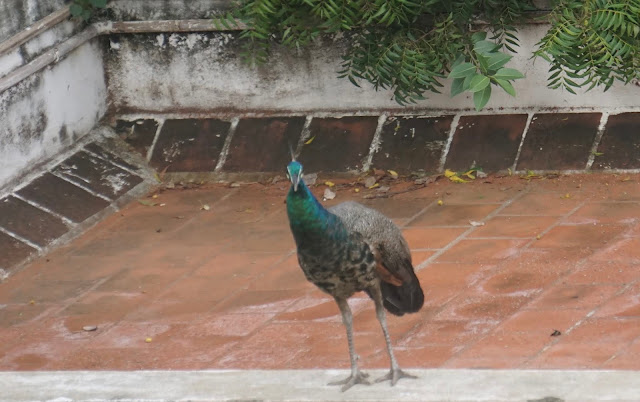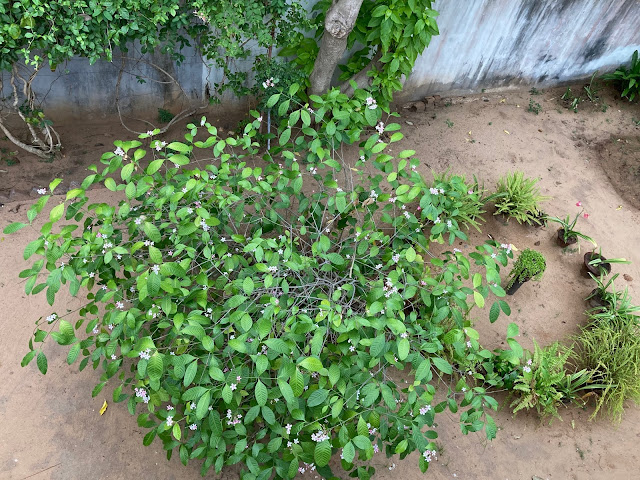Experiencing Pulicat in Kelambakkam
The Hindu
Sept 19th 2021
Prince Frederick
For local birders, the ruddy turnstone is a “Pulicat bird” — period. The winter migrant keeps its date with the lagoon with almost monsoonal punctuality. Birders flocking to Pulicat for its stone-turning performance do not have too many cancelled matches to rail about.
The winter migrant does put in an appearance on a few other sections of the coast around Chennai, but it is just what it is said to be — an appearance, fleeting and unpredictable, on this winter and off for the next three. So, ruddy turnstone occurrences around Kelambakkam are received with the excitement that surrounds breaking news.
In the early hours of September 12, when Sundaravel Palanivel and Sivakumar Shamugasundaram began exploring the Kelambakkam backwaters and adjacent sections that are ecological extensions of it, for signs of early migrants, they did not have the ruddy turnstone on the list of probables.
Not that the species has never before been recorded on sections of these backwaters. However, on the question of being attractive to the ruddy turnstone, Kelambakkam backwaters’ record looks deplorably poor when juxtaposed with Pulicat’s. The chasm is as wide as the difference between Dilip Doshi’s batting averages and Virat Kozhi’s — so you get the picture.
When the day had sunk on the landward side, these two birders were mighty chuffed to have experienced Pulicat south of Chennai. Sundaravel Palanivel uploaded a checklist on which were parked three ruddy turnstones. The surprise did not begin with this species; nor did it end there. The biggest of those wow encounters was a flock of around 60 lesser sand plovers.
It was the size of the flock that made the birding duo feel being whisked away to Pulicat.
“We had the sense of encountering all the Pulicat birds. Besides the ruddy turnstones, terek sandpipers are readily associated with Pulicat. We found three of them on that Sunday trip,” says Sundaravel.
“It is a great pleasure to observe early migrants, especially when you encounter them in an unexpected place. There was much human activity not far from where the birds were. But these waders, not in the thousands that one would expect them to see later, did not seem affected by it. We could observe them go about their business from a good distance. The sand plovers, pacific golden plovers, terek sandpipers, the lone curlew sandpiper, the busy turnstones and the godwits were all a pleasure to watch and record,” is how Sivakumar describes the experience of watching an impressive number of migrants as early as September.
While the list put up on eBird clearly has a whiff of Pulicat, one has to go through the entire season to arrive at a reliable picture of whether the Muttukaddu-Kelambakkam-Kovalam backwater ecosystem can “sustain” the Pulicat experience through an entire season.
In fact, one has to be at least a couple of more winters older to be wiser in this matter. Meanwhile, it would help chew on an observation made by birder E Arun Kumar, who has done synchronised bird surveys at Pulicat for the last three years for the forest department.
Arun Kumar notes: “Sometimes, around the Kelambakkam side, you will get to see the ruddy turnstone because of the presence of the estuary at Muttukadu. Sometimes, the birds regularly sighted at Pulicat during the winter season are sighted around the Kelambakkam backwaters. They use it as the stopover point: At Kelambakkam, you will not see them for a long time. They will stay for just two or three days and then move on to Yedayanthittu estuary and Mudaliarkuppam backwaters or to Pulicat. When they come to Pulicat, they would stay on for months. In contrast, Kelambakkam would be just a pitstop. As Pulicat and Yedayanthittu are relatively untouched by development and are more expansive habitats, the species that are sighted at Kelambakkam will be found there in larger numbers . To give an example, you will see a few Pacific golden plovers in Kelambakkam, and thousands of them in Pulicat. In fact, the Pacific golden plover is also known to head to freshwater lakes which was corroborated by the sighting of 40 Pacific golden plovers at the Mamandur freshwater lake last wintering season.”

























